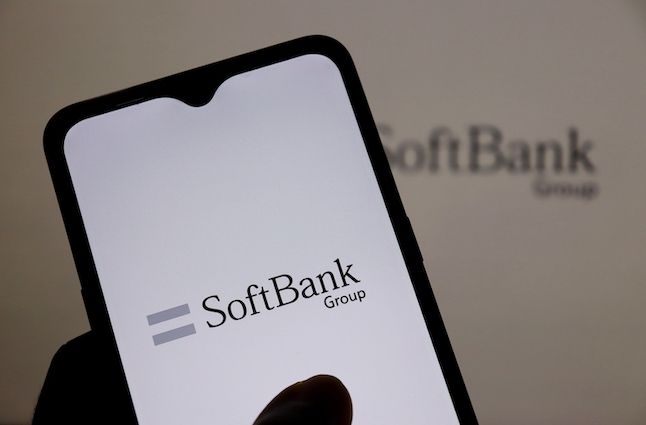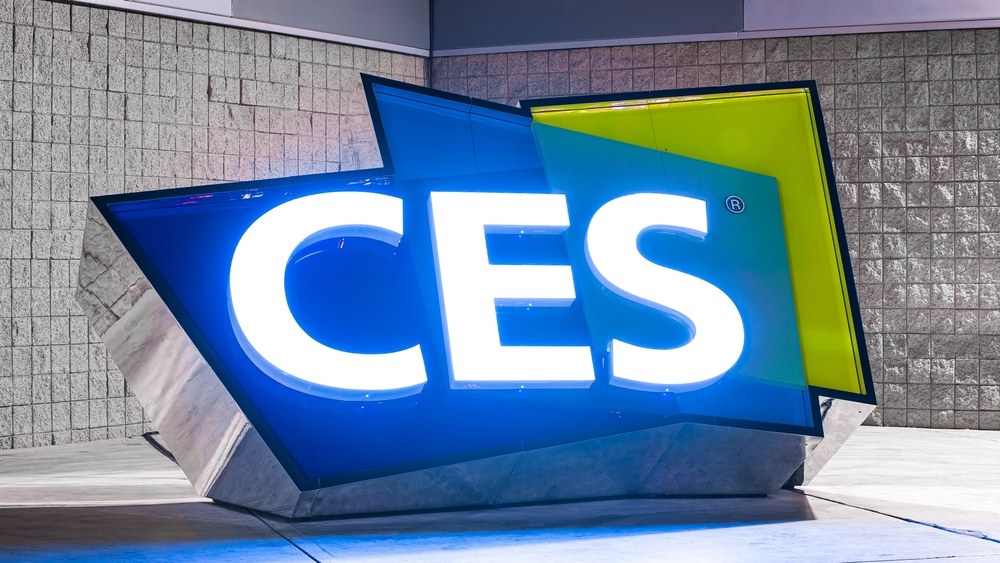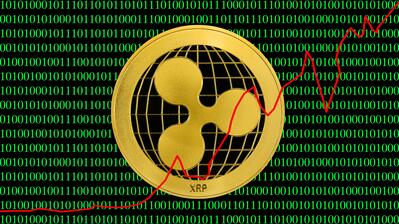China’s tightest rare-earths headlock is financial

By Karen Kwok and George Hay
LONDON, July 17 (Reuters Breakingviews) - Western leaders are belatedly waking up to the fact that China has a stranglehold on rare earths. European Commission President Ursula von der Leyen, for example, warned at last month’s G7 summit that the People’s Republic was “weaponizing” its “quasi-monopoly” of materials that are critical to everything from electric cars to guided missiles. But dislodging China’s grip is less about access to rocks, and more a question of whether Western governments will extend financial support for a business with razor-thin operating margins.
Rare earths aren’t actually that rare: the 17 elements – including lanthanum, cerium and neodymium – are abundant in the Earth’s crust. The tricky part is refining them. Separating out individual elements from one another requires complex processing, often involving at least 50 stages. Demand isn’t huge, either: a single car might only need about a kilogram of rare earths, though that kilogram is essential. The materials’ light weight and heat resistance make them hard to replace for high-performance magnets used to power electric motors and help jet engines run better.
That combination of limited demand and messy, expensive processing makes for an unattractive business. It’s also surprisingly small: the total volume bought worldwide in 2024 was just $3.5 billion, analysts at Project Blue reckon, compared with over $300 billion for copper. That tiny size, as with other critical minerals like gallium and germanium, makes prices volatile and trading treacherous. A modest shift in supply can move valuations sharply, which is bad news for miners and refiners who must commit capital upfront. In 2010, the price of rare earth elements spiked tenfold when China held back exports.
But the real problem is that Western miners have increasingly focused on excavating raw materials, which is much more profitable than refining and processing. Refining makes up as much as 75% of the operational costs of the industry’s overall supply chain due to energy expenses and environmental regulations, according to the Oxford Institute for Energy Studies. The low margins clash with Western miners’ business models, which explains the dominance of Chinese companies who stomach lower levels of profitability thanks in part to state subsidies.
The People’s Republic accounted for 91% of rare earth refined output last year, according to the International Energy Agency. Smelters like $4 billion Shenghe Resources 600392.SS and $6 billion China Rare Earth Resources and Technology 000831.SZ can operate at prices that are too low for Westerners to compete. The $15 billion miner and processor China Northern Rare Earth Group High-Tech 600111.SS made an operating margin of only 5.6% in 2024. That’s far below the ratios of 30% or more sported by Western players like Rio Tinto RIO.L and BHP BHP.AX.
The example of neodymium-praseodymium oxide (NdPr), a key material in electric-car and wind turbine magnets, illustrates the point. Non-Chinese producers generally need a price of at least $140 to $150 per kilogram to justify bringing production online, a financial adviser to the mining sector told Breakingviews. That’s difficult since NdPr has recently fallen 63% from a 2022 previous peak to just $65 per kilogram. Another problem is that rare earths don’t tend to produce any useful by-products when they’re being refined, depriving companies of a revenue source that is useful in padding out profits in other processing markets like copper.
That suggests a need for Western governments to step in. Some examples already exist. Since 2021, South Korea has significantly expanded its critical mineral reserves through a state-backed agency, the Korea Mine Rehabilitation and Mineral Resources Corporation, which receives regular capital injections from Seoul to manage and stockpile key materials. Meanwhile, France’s government and Japanese private investors are backing a $250 million domestic plant by French miner Caremag that will from 2027 refine rare earths for European carmaker Stellantis STLAM.MI. And last week the U.S. Department of Defense said it would fund the expansion of domestic miner MP Materials’ MP.N rare earth operations.
The common thread in many of these projects is the establishment of a floor price, incentivising plants to keep running even amid volatile markets. In MP Materials’ case, the Pentagon will backstop NdPr prices at $110 per kilogram from late 2025 – way above current levels – for 10 years. Caremag, meanwhile, also has a long-term contract with its private-sector customers that protects the processor from falling prices.
Even so, the International Energy Agency still expects China’s market share in rare earth refining to only drop from 91% today to 73% by 2040. To beat that number, Western states might have to club together to form international consortia offering guaranteed prices and the assurance that governments will hoover up any unsold supply for their sovereign stockpiles. That sounds tricky, but rising geopolitical tensions may focus minds on key commodities linked to defence.
Breaking China’s grip on rare earths won’t be quick or cheap. But if the West wants a real alternative, public capital and guarantees as well as market forces will have to do the heavy lifting. U.S. chip controls helped accelerate China’s domestic semiconductor push. Now, the same dynamic may apply in reverse for rare earths.
Follow Karen Kwok on LinkedIn and X.
Follow George Hay on Bluesky and LinkedIn.

Global rare earths’ annual consumption is much smaller than copper

Non-Chinese rare earth processors need subsidies to start production







